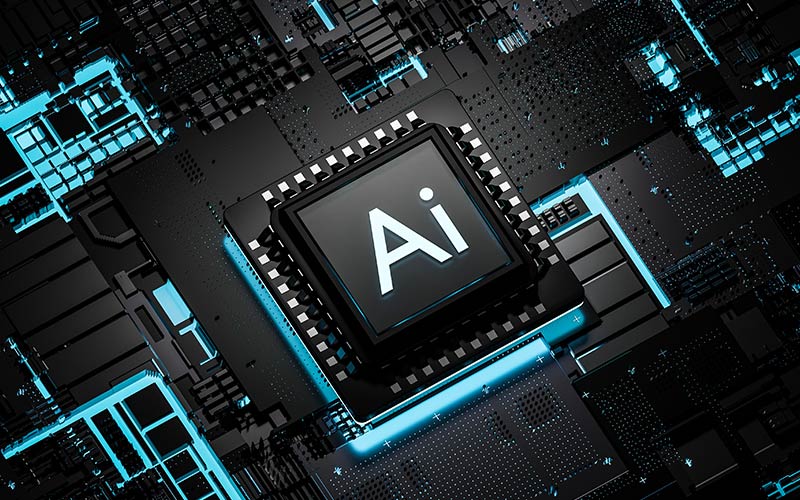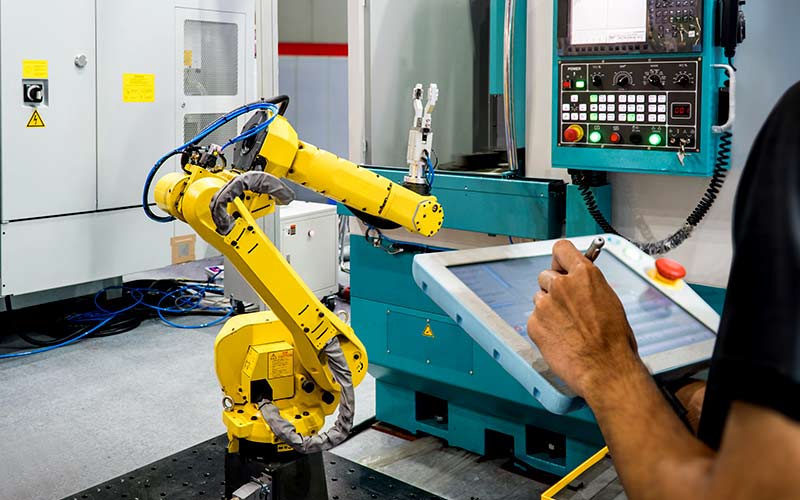Merger and acquisition activity has taken a beating during the recent COVID era. But that pent up demand is expected to return quickly as the globe comes to terms with this new normal — not least because organic growth will be hard to come by in a global recession.
Figure 1. M&A deal values have averaged $4 trillion per year from 2015 to 2019
*Data as of August 2020
Source: Institute of Mergers, Acquisitions and Alliances (IMAA)
M&A deal complexity has also risen in the last decade. M&A deals are taking 38 days to finalize, or 31% longer on average than in 2010, according to Gartner. For midsize deals ($500 million to $5 billion) and large deals (more than $25 billion), this number is much higher, at an average of 106 and 279 days to close, respectively.1
In today’s digital world, M&As require a massive exercise to merge IT systems and data. Back in 2011, the strategy firm McKinsey had estimated that IT is responsible for over 50% of the synergies in a typical M&A deal. We’d suggest that this could only have grown since then. This makes IT central to mergers, and the role of technology becomes critical and fundamental to M&As. Enterprises with a deeper knowledge of IT can have a significant edge in experiencing a smooth merger.
Figure 2. Increased IT relevance to mergers
Source: McKinsey2
Downside of a faulty data migration
Any merger brings its own set of complexities — in processes, technology and data migration. Data of the merging entities needs to be migrated, validated and reconciled to ensure the customer experience meets high standards and customer service is uninterrupted.
Data migration, when not thoroughly validated, can go awfully wrong. In one instance, a bank’s data migration plan from a legacy to a more digital infrastructure didn’t go as expected and turned out to be very expensive. The failed migration resulted in over a million customers being locked out of their accounts and numerous others being defrauded. The poor experience caused clients to terminate their relationship with the bank, in addition to the millions in damages that the bank had to pay. The incident shows why it is necessary to know what the data migration validation best practices are.
Complexities of a data migration in a merger
The processes of data migration, validation and reconciliation are fraught with inconsistencies and are often manual in nature. Differences in systems and applications between merging entities doesn’t make it easier. It is rare to find merging organizations running on identical systems. This creates challenges in using existing reconciliation platforms for data migration and testing. Following are some other challenges that enterprises encounter with data migrations:
- A lack of knowledge on data source increases the risk of missing data, duplicate data and erroneous data.
- Underestimating the data analysis process can be disastrous. The process plays a vital role in planning what data can be migrated at which phase and the appropriate time to carry it out.
- Siloed processes result in high chances of data loss during the transition process. In the absence of proper integration tools and processes, this leads to high costs and wasted time and effort.
- A lack of collaboration between teams reduces efficiency, increases the process gap and delays timelines.
- An absence of expertise on the platforms involved can act as obstacles from the initial stages and hold up schedules.
- Manual validation of data can result in lengthy validation processes.
Figure 3. Why do reconciliation systems fail?
Source: Aite Group3
Finding the right reconciliation system is a challenge. The system must minimize the time spent on extracting, transforming and migrating data.
An all-inclusive reconciliation system
A robust reconciliation platform can help in timely data validations, audits and tracing data discrepancies. It can also prevent data breaches that could lead to reputational and financial penalties for the merged entity.
An automated and configurable reconciliation platform must have a data consumption module that is source-agnostic and can ingest data from multiple sources for validation. It must allow the rule engine to configure business-specific transformation requirements to standardize the source and target data before reconciliation. The reconciliation platform should include an auto-matching engine that handles one-to-one and one-to-many matching, tolerance matching, threshold-based string matching, and opposite data matching. The platform must provide a detailed output report at different instrument and asset class levels, with options to generate roll-up and drill-down reports.
Such a reconciliation solution can help in mitigating risks, including missing or corrupt data and business rules, at various levels. This allows appropriate data testing and addresses the risk of data loss while migrating data from legacy to the target system.
Advanced reconciliation systems detect unmatched data and manage them through an automated workflow or dedicated exceptions management channel. Advanced reconciliation systems now use machine learning (ML) to refine the matching algorithms. These algorithms predict patterns to improve how data is matched and streamline the workflow process.4 This in turn saves time and effort needed to deal with poor data structure and quality. Such a system that is cloud-enabled provides opportunities to scale without the need for high investments. It can also accelerate enterprise-level cloud movement. For example, the Infosys Transaction Reconciliation System (ITRS) is a cloud-enabled platform that securely helped a European bank navigate the challenges of data consolidation from multiple platforms and validation of over 4 million records during a merger. The solution enabled the bank to quickly go to market with accurate and on-time quality data. This allowed the merging banks’ retail customers to carry on their banking activities smoothly, without any disruptions.
A reconciliation platform that is built on the cloud and is cloud-provider agnostic will help improve the agility of the platform
The reconciliation space is changing rapidly, primarily driven by an evolving regulatory environment and changes in technology. A regulatory purview comes into play when enterprises move away from manual activities and embrace automation. A rise in digital transactions increases the complexity of technology platforms. Reconciliation needs to be efficient to ensure all transactions are accounted for and in sync with internal systems. Rising use of AI and ML, once integrated with reconciliation, will improve efficiency of the control process. A reconciliation platform that is built on the cloud and is cloud-provider agnostic will help improve the agility of the platform.
Key tenets of IT consolidation during an M&A
First, merging entities need to align their IT integration to guide the integration process. The system chosen should match the overall organization. Second, processes and systems must be integrated with speed to keep costs at a minimum. Third, resources and budget must be appropriately allocated. Fourth, digital transformation must be core to the integration to allow the merged entity to stay competitive and innovative. Finally, enterprises must plan post-merger integration and transformation, including the role IT will play in the merged entity.
Separating the best from the rest
What separates a good reconciliation platform from the rest is its ability to be used by enterprises to automate and reconcile various lines of businesses in a single platform.
A “reconciliation in a box” (RIAB) concept can help merged enterprises improve ROI by providing a cost-effective solution with speed. RIAB is a standard set of reconciliation functionality available over private or public cloud. Such a platform’s functional components provide adequate and strong control points, allowing greater visibility into transaction- and exception-handling processes. A format-agnostic platform, it is designed to facilitate quick and easy configuration of reconciliation jobs. The system with its comprehensive features must deliver end-to-end capabilities for managing the diverse reconciliation needs of an enterprise across industries.
A “reconciliation in a box” (RIAB) concept can help merged enterprises improve ROI by providing a cost-effective solution with speed
Managing data can become complex when it needs to be migrated, validated and reconciled. Undertaking it manually is error prone and introduces unforeseen risks. To resolve this, a reconciliation system can be leveraged to address validation challenges and increase data accuracy and reliability. This also increases efficiency of testing, builds confidence in the data migration and results in shorter timelines for technology consolidation.
References
- Gartner Says the Average Time to Close an M&A Deal Has Risen More Than 30 Percent in the Last Decade, Justin Lavelle, Gartner, October 15, 2019
- Understanding the strategic value of IT in M&A, Hugo Sarrazin and Andy West, McKinsey, January 1, 2011
- Trends in Reconciliation Technology: AI-Trained Recs or Train Wrecks?, Aite Group, September 19, 2019
- 7 key considerations when choosing a reconciliation system, Varun Loomba, Duco, November 2019








